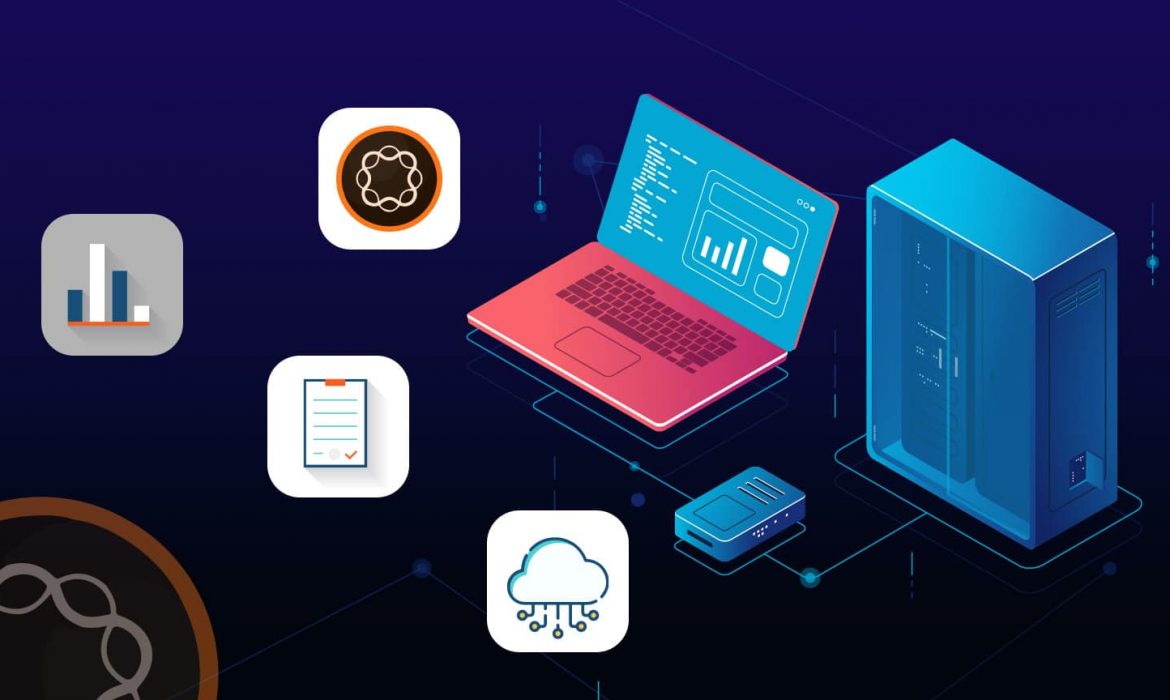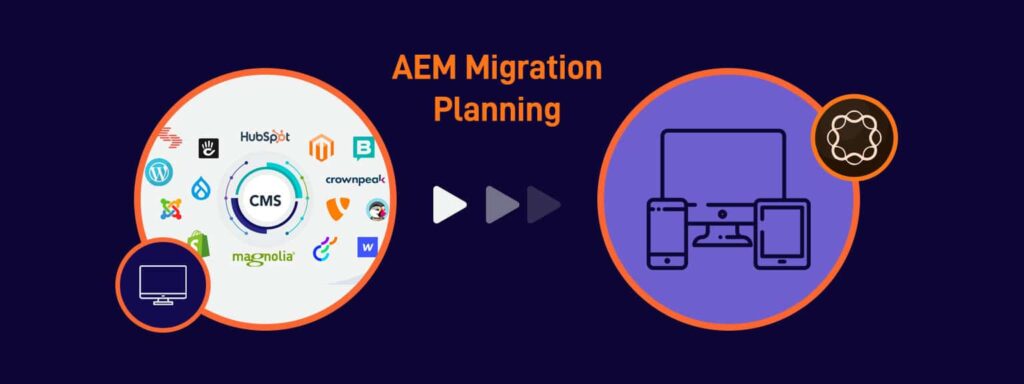
While Adobe never fails to surprise its users, it recently launched its AEM cloud service. As a result, the road to digital transformation has been forever changed by its inception. Planning and setting up your migration to AEM as a cloud service is a critical step toward leveraging the full potential of Adobe’s powerful platform. This blog will delve into the essential aspects of migration planning and setup, focusing on content preparation, code refactoring, environment strategy, and the valuable assistance provided by the NextRow team.
Come experience a streamlined migration process, reduced complexity, and ensure a seamless transition to AEM as a Cloud Service.
Planning Content Preparation and Reducing Complexity
Although we discussed the importance of Migration readiness and the efficacy of tools like BPA and CAM, effective content planning and deployment are key to a successful migration. In such cases, The Content Transformer tool is your ally in simplifying this process, enabling you to transform and adapt your existing content to align with the cloud-native architecture of AEM.
By utilizing the Content Transformer, you can reduce complexity, ensure data integrity, and maintain a seamless user experience. Careful evaluation of your content’s structure, metadata, and relevance is essential to optimize its performance in the cloud environment. With meticulous planning and the assistance of the NextRow team, you can efficiently prepare your content for a smooth migration.
Creating a Code Refactoring Plan for Compatibility

Code refactoring plays a crucial role in the migration planning and setup phase alongside content preparation. To achieve compatibility with AEM as a cloud service, businesses must assess and update their existing code repository.
- By creating a comprehensive code refactoring plan, organizations can identify and address outdated code, eliminate deprecated functionalities, and optimize overall code performance.
- This procedure entails analyzing the present codebase in-depth, determining dependencies, and putting current coding standards into effect.
Businesses can increase the stability, scalability, and maintainability of their code repository by systematically rewriting it to conform to the high requirements that AEM establishes as a cloud service.
- Determine any out-of-date or ineffective code by analyzing the present codebase.
- Adopt contemporary coding standards and get rid of out-of-date features.
- To improve stability and scalability, optimize the performance of your code.
- As a cloud service standard, take care to address dependencies and make sure AEM is compatible.
Environment Strategy for a Smooth Migration
Moving to AEM as a cloud service requires a strong environment plan. To ensure a smooth transition, this strategy calls for careful design of the architecture, infrastructure, and deployment procedures.
Factors including scalability, redundancy, disaster recovery, and performance optimization must be given considerable thought.
- Organize the architecture and infrastructure to meet AEM’s needs for a cloud service.
- Determine the optimal cloud infrastructure provider and deployment models.
- Establish best practices for monitoring, management, and performance optimization.
- Finally, implement robust disaster recovery mechanisms to ensure business continuity.
By designing and implementing a well-thought-out environment strategy, businesses can minimize downtime, mitigate risks, and lay a solid foundation for a smooth migration experience.
Leveraging NextRow’s Expertise in Migration and Planning Setup

Navigating the intricacies of migration planning and execution can be challenging. The NextRow team offers invaluable support in planning and implementing changes and updates to your code and content. In addition, with our deep understanding of AEM and industry best practices, we can guide you in optimizing your migration approach.
Whether it’s planning code refactoring, strategizing content transformation, or aligning with the cloud-native environment, NextRow’s expertise ensures a seamless migration experience. By partnering with NextRow, you can leverage our knowledge, experience, and proven methodologies to successfully migrate to AEM as a Cloud Service.

